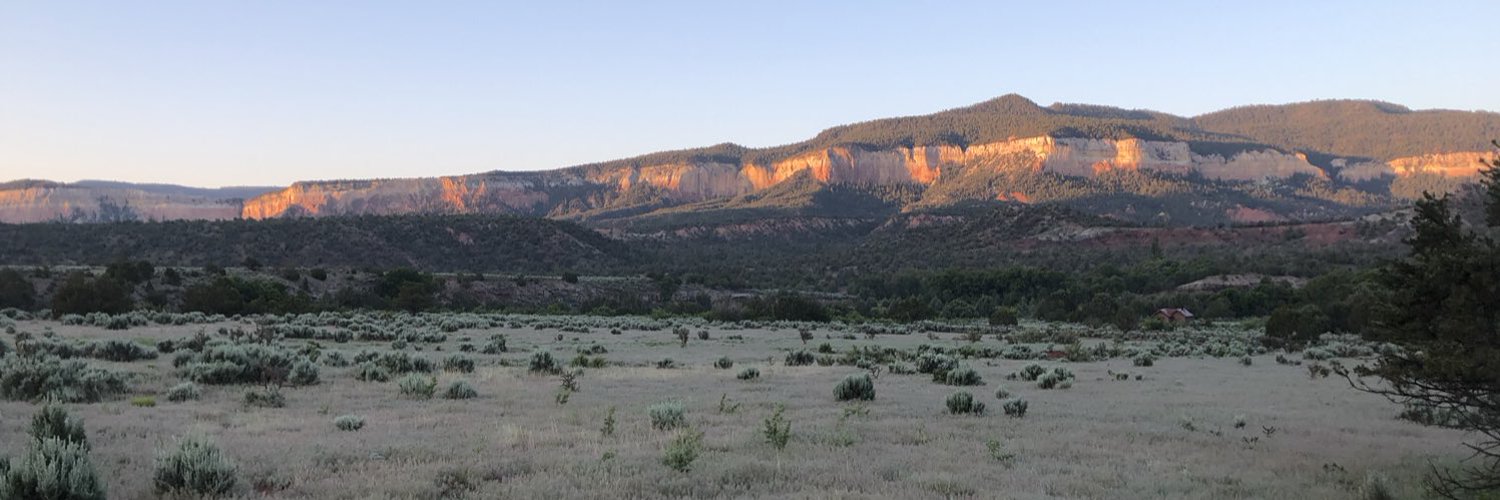It’s not often that our state courts have an opportunity to address the War Powers Clause of the Constitution (otherwise known as Article I, Section 8, Clause 11), but the Court of Appeals has held, in Ramirez v. State of N.M. ex rel. Children, Youth and Families Department (March 3, 2014), that while this clause makes Congress supreme in matters of war and peace, it gives Congress no power to authorize a lawsuit against the State of New Mexico.
The plaintiff was employed by New Mexico’s Children, Youth and Families Department (CYFD), but filed a lawsuit alleging that the agency had discriminated against him because of his military service in the national guard, in violation of the Uniformed Services Employment and Reemployment Rights Act (– USERRA).
CYFD asserted a state sovereign immunity defense, and argued that Congress cannot use its Article I powers to abrogate that immunity. Congress enacted — USERRA using the authority granted to it by the War Powers Clause, which is located in Article I of the Constitution.
It is true that the Supreme Court made broad statements, in cases like Seminole Tribe of Florida v. Florida (1996) and Alden v. Maine (1999), to the effect that Congress could not use its Article I powers to abrogate state sovereign immunity, but just a few years later, the Court said that Congress could abrogate state sovereign immunity under the Bankruptcy Clause, an Article I power. See Central Virginia Community College v. Katz (2006). Continue reading

